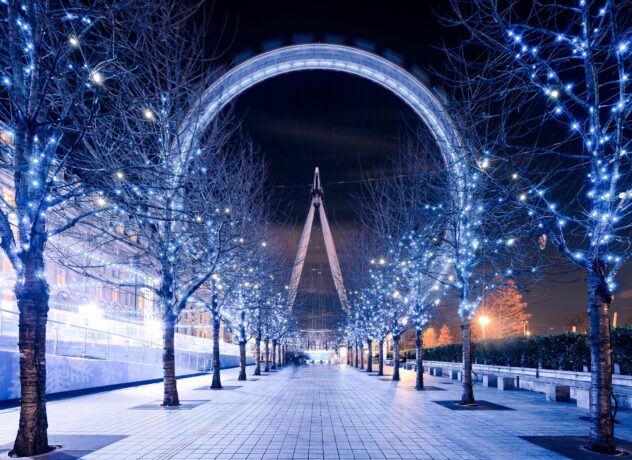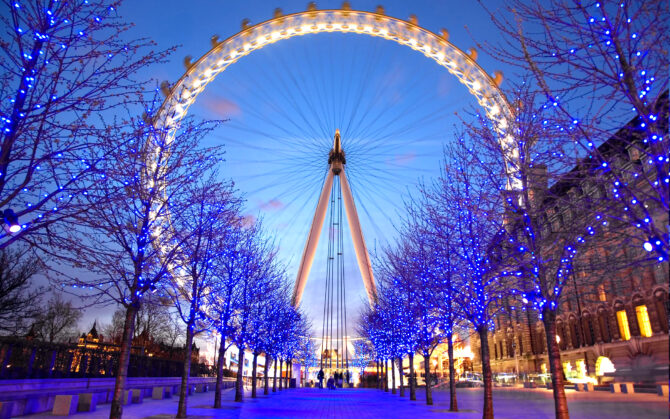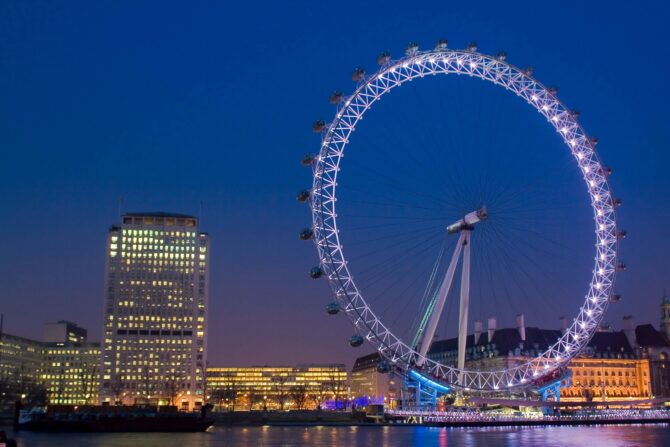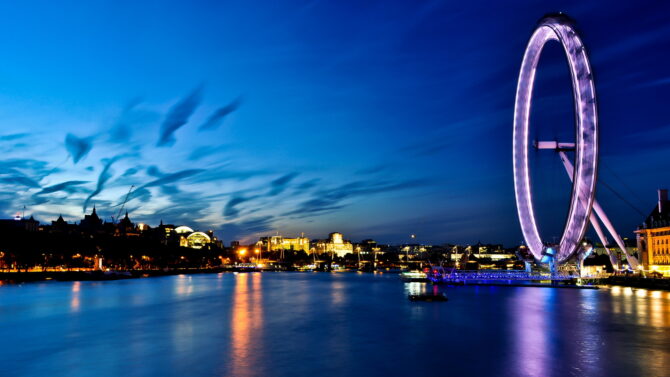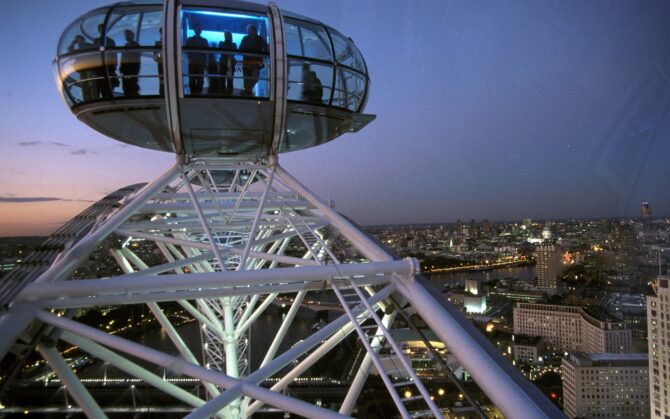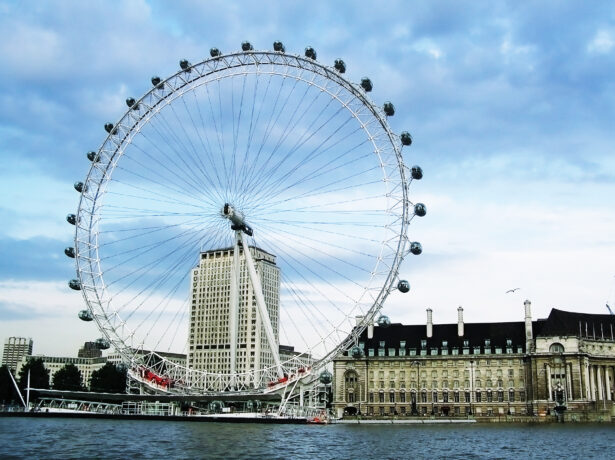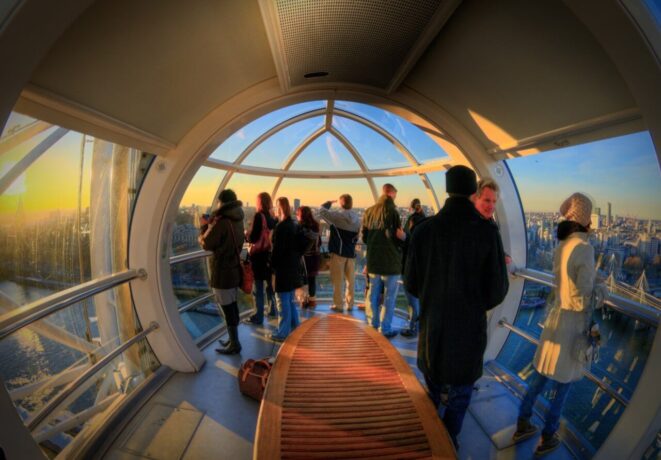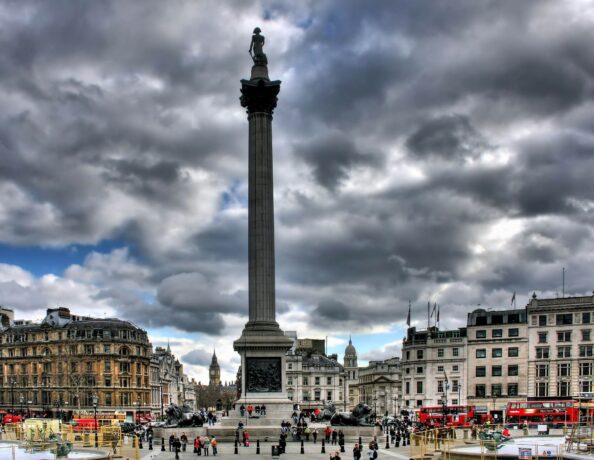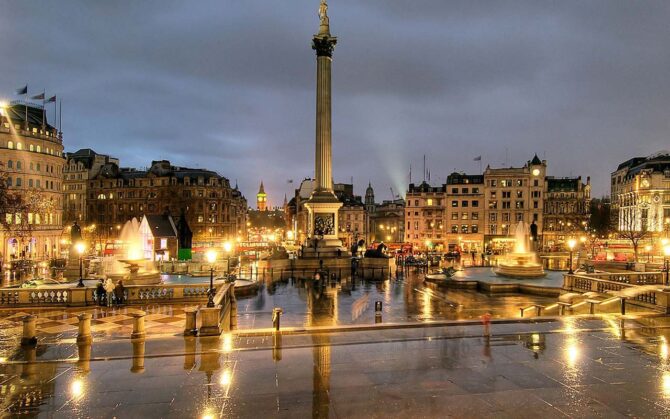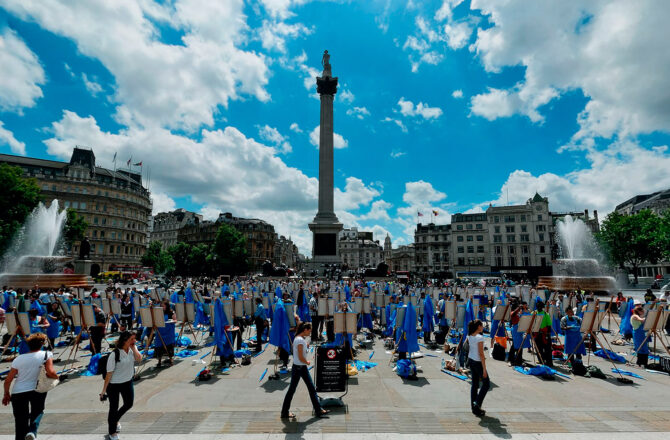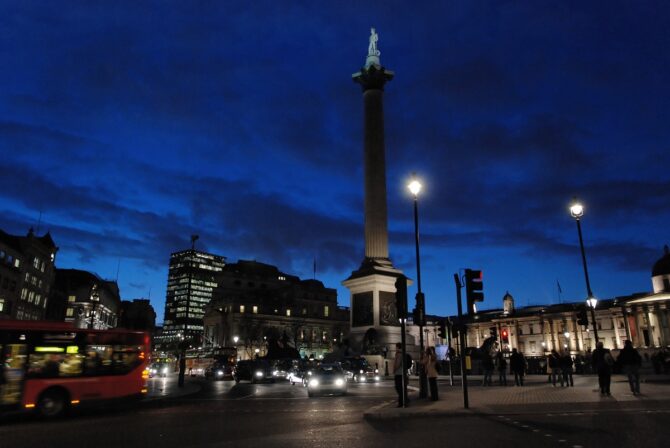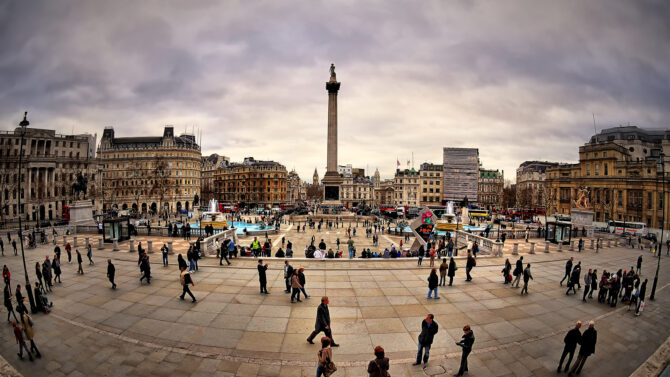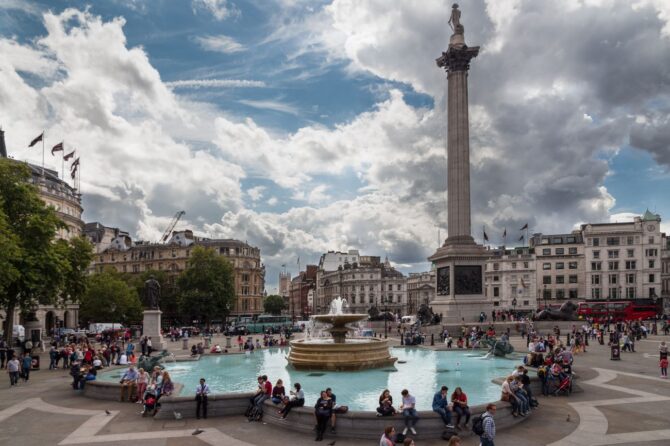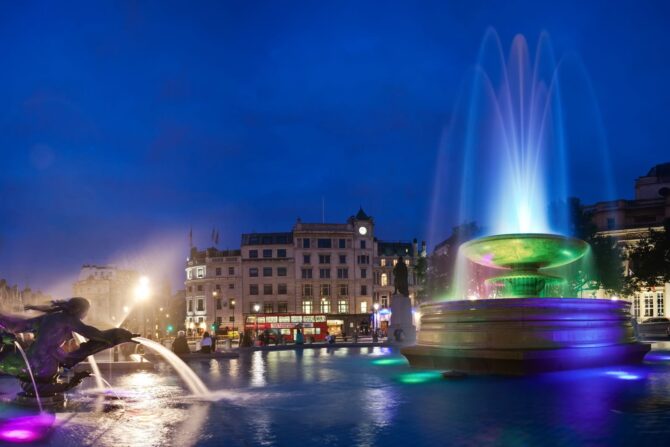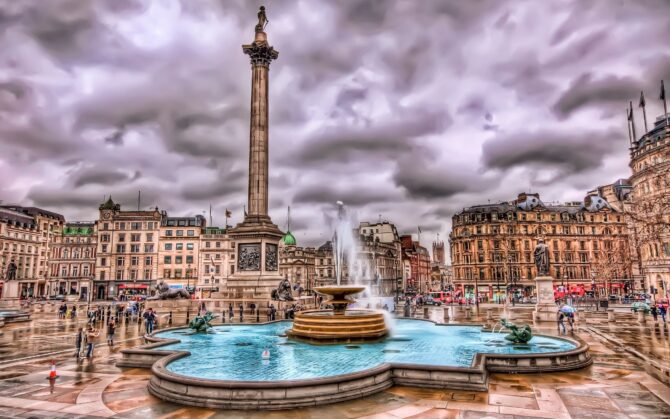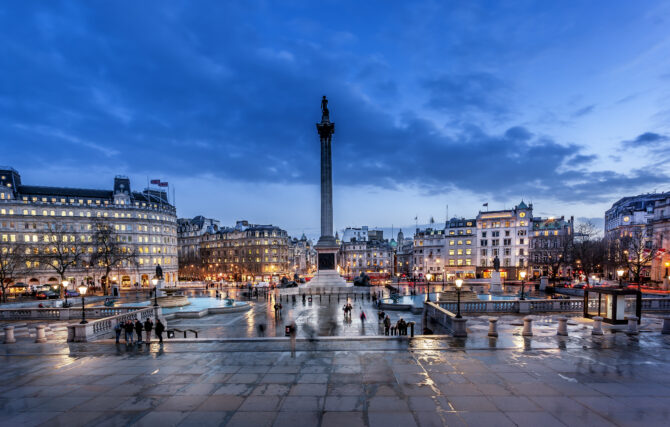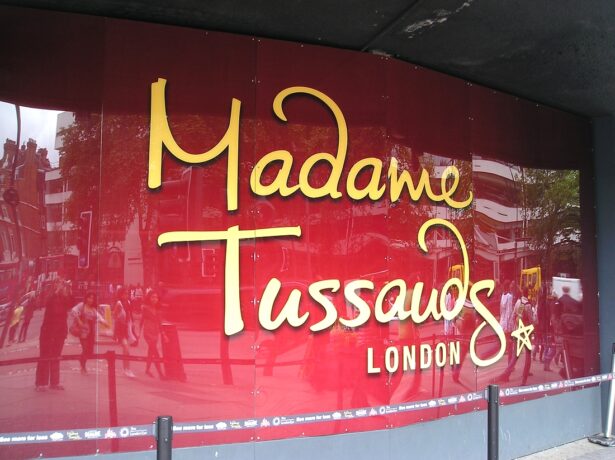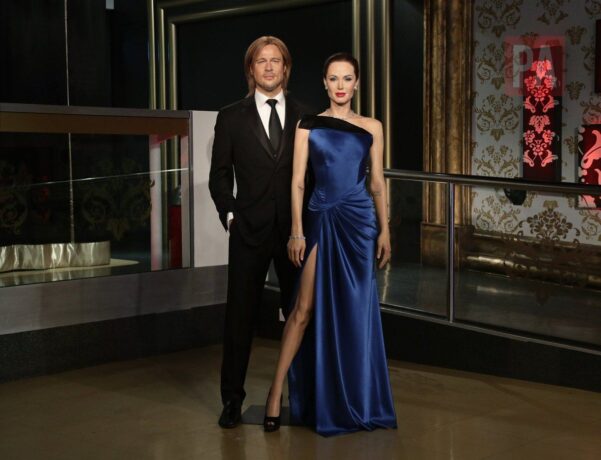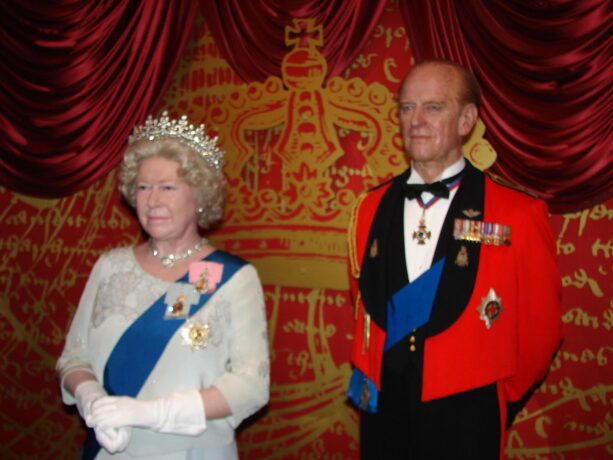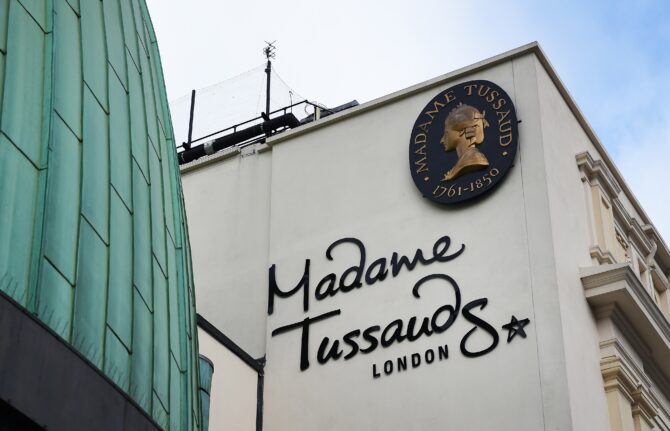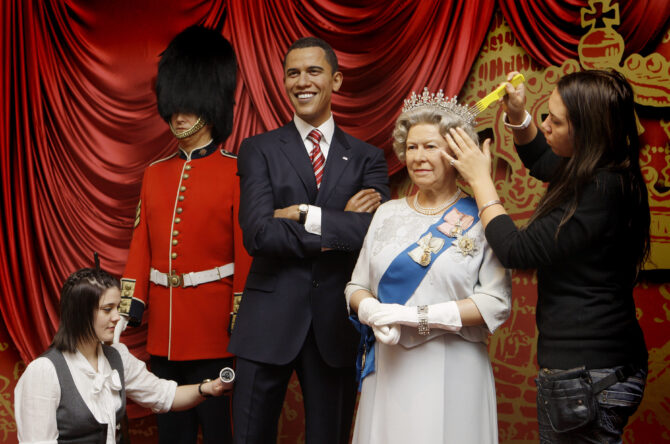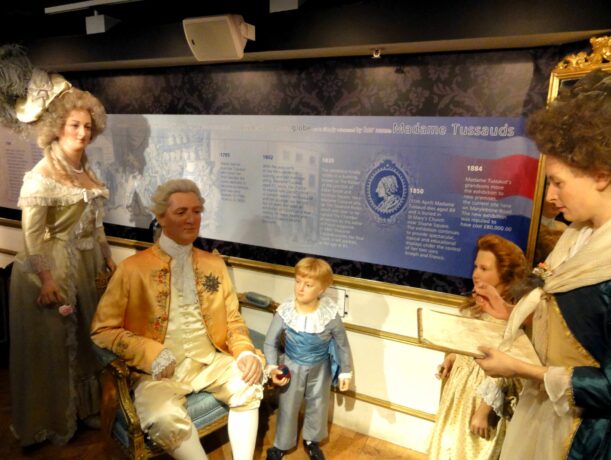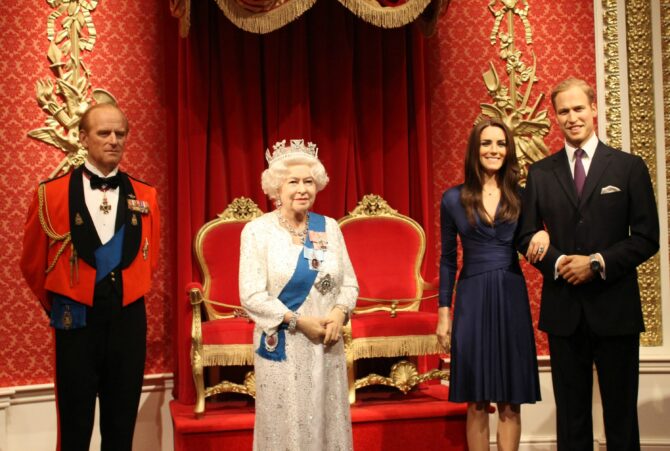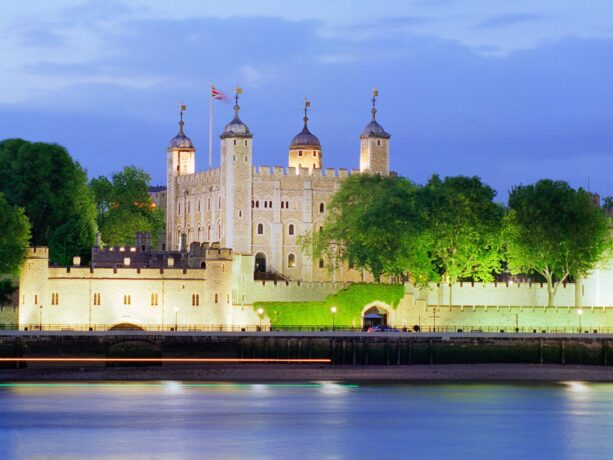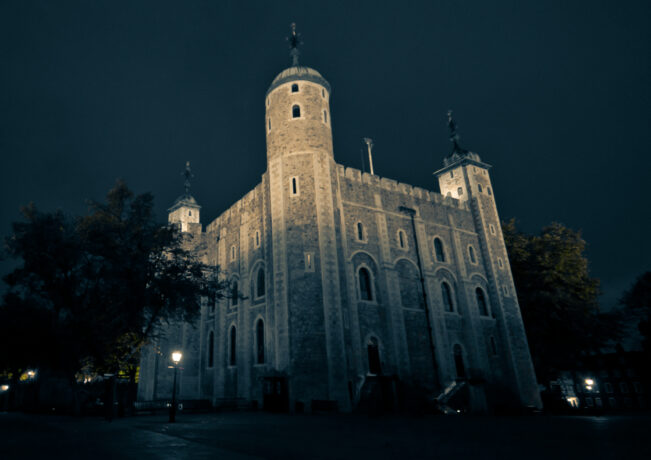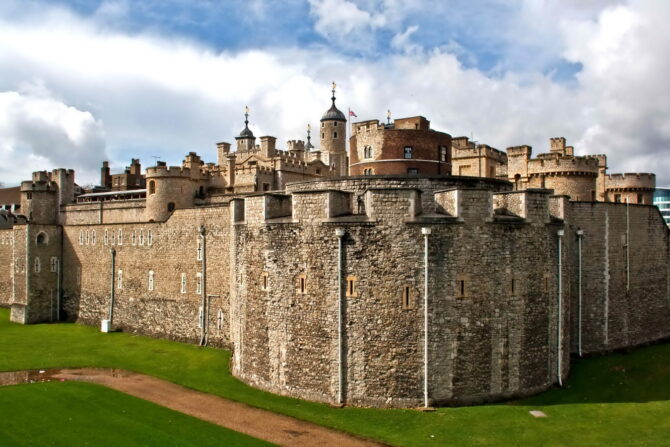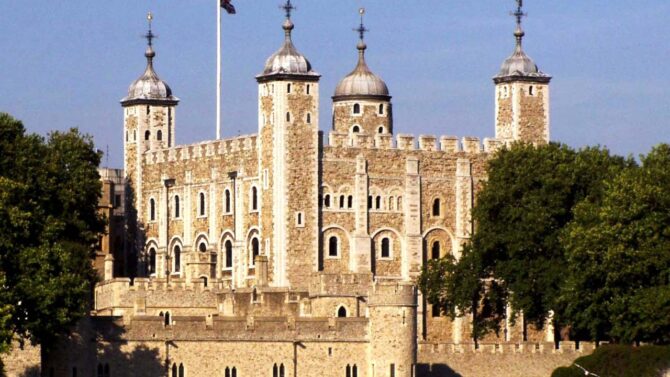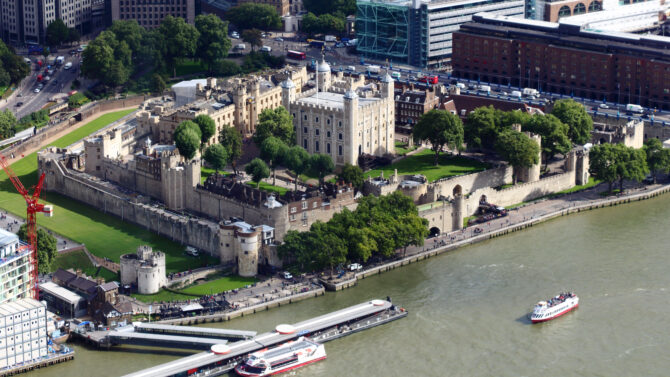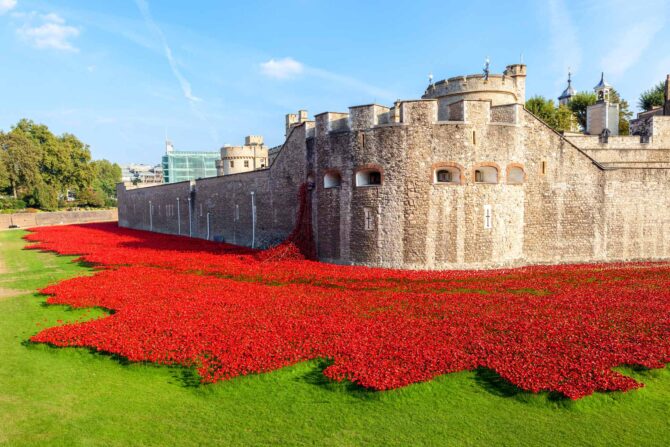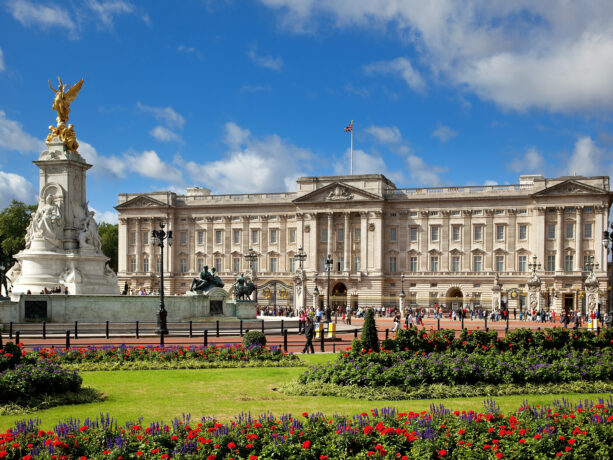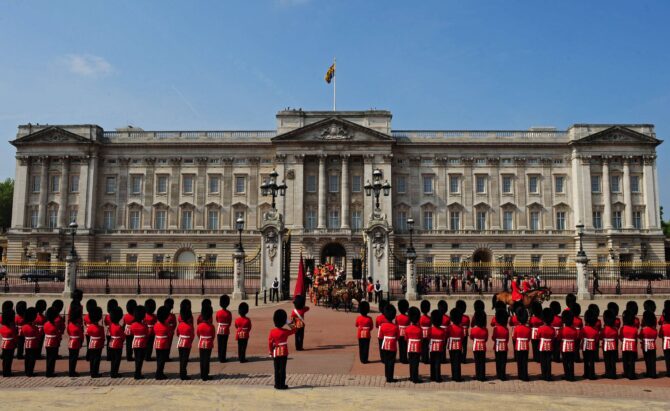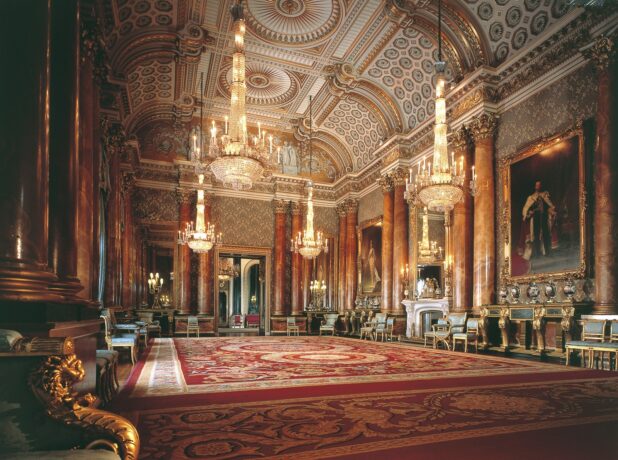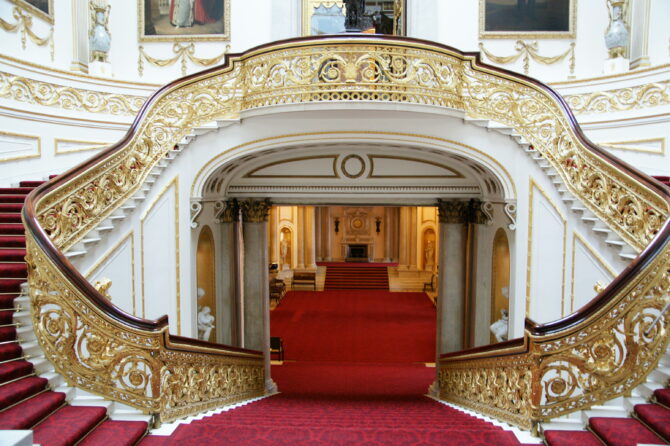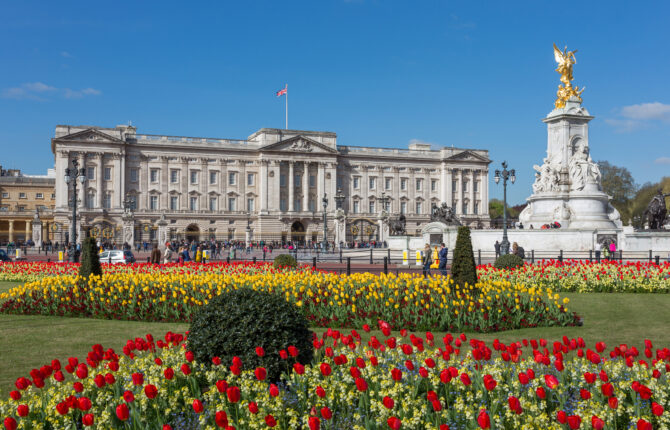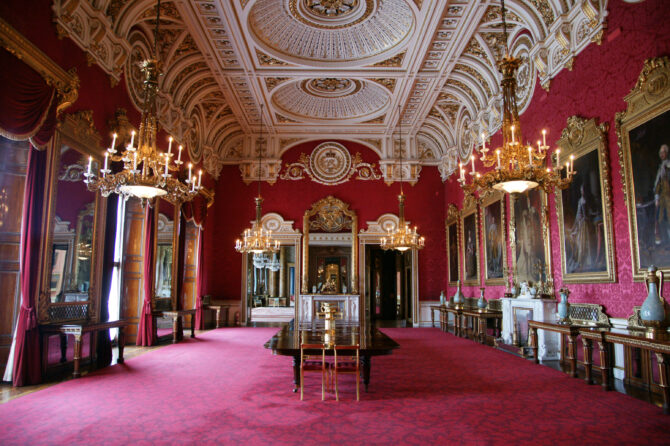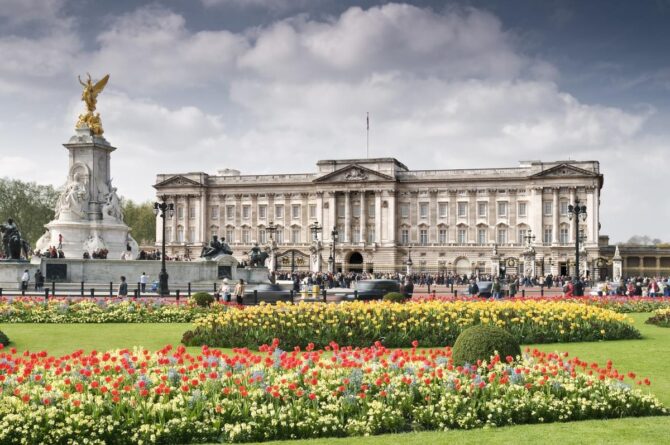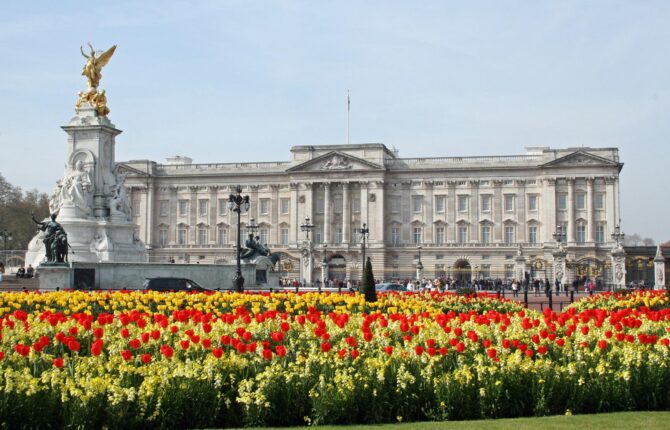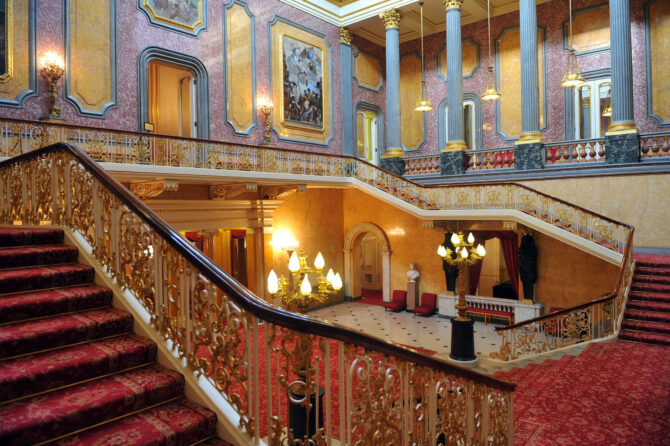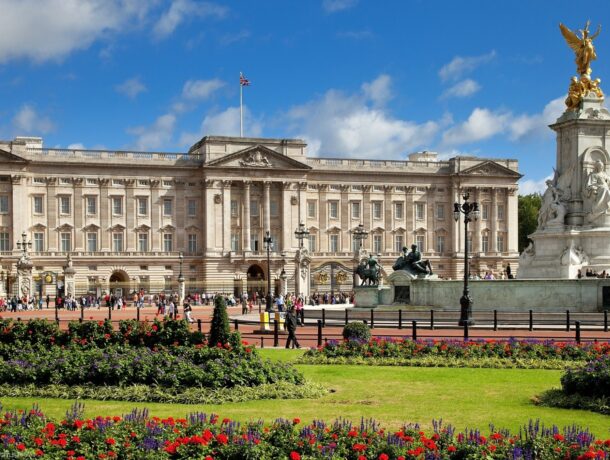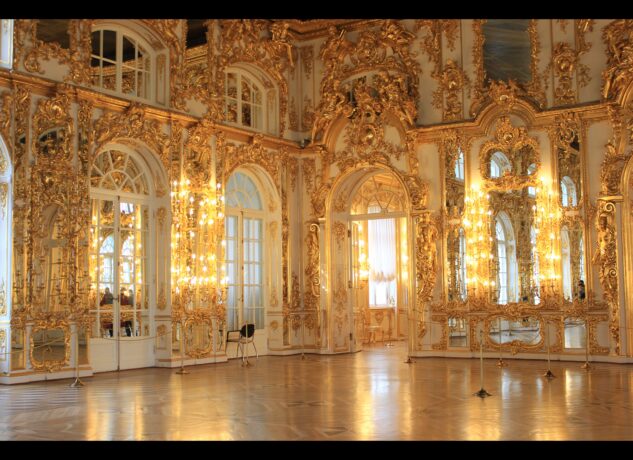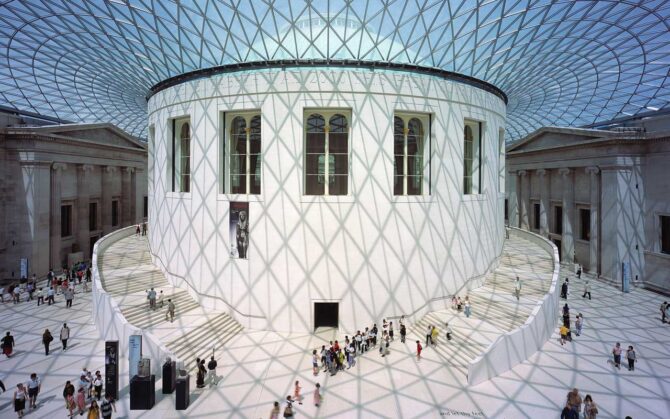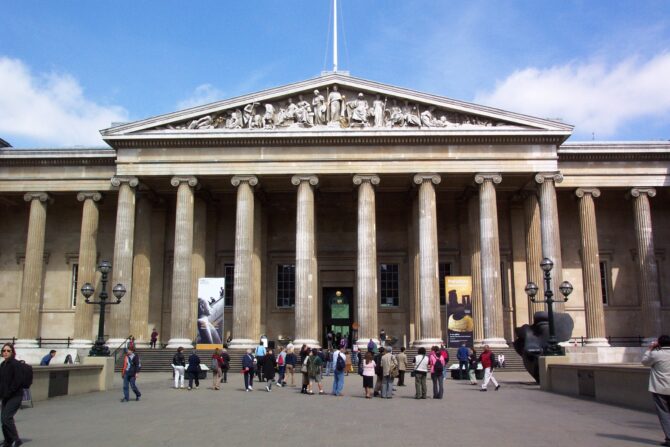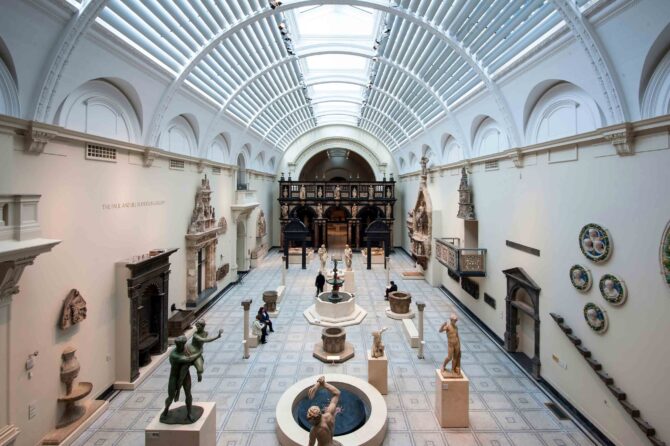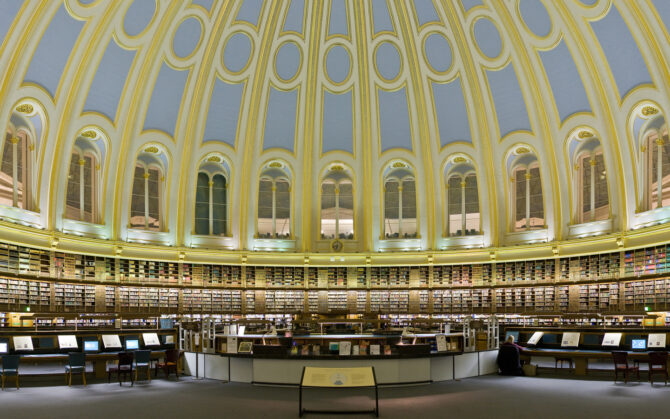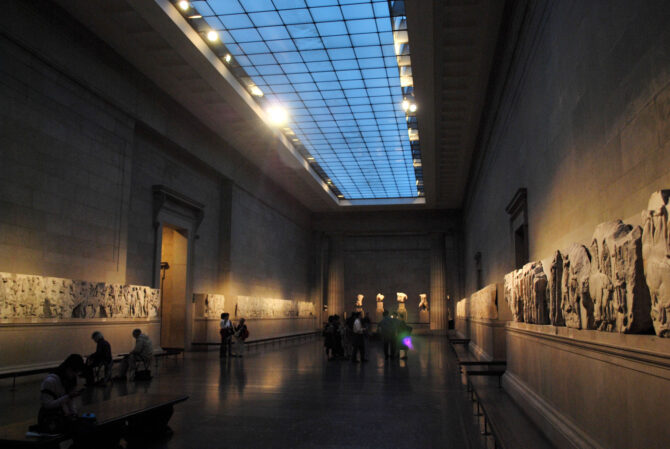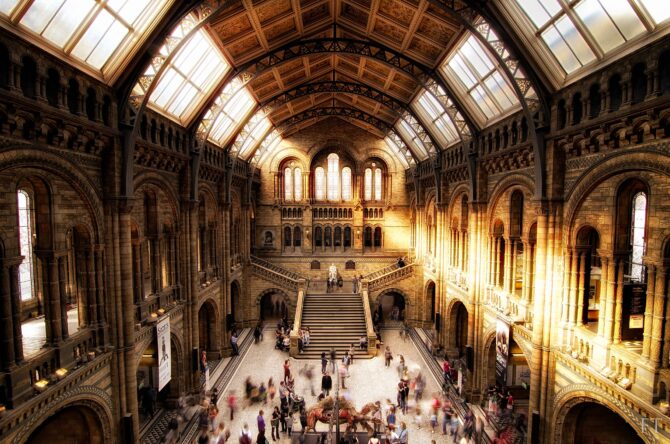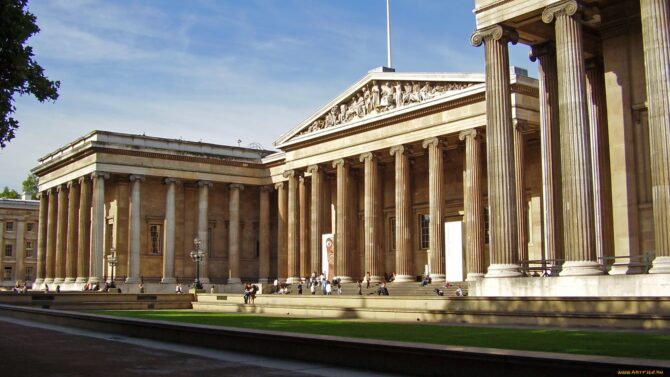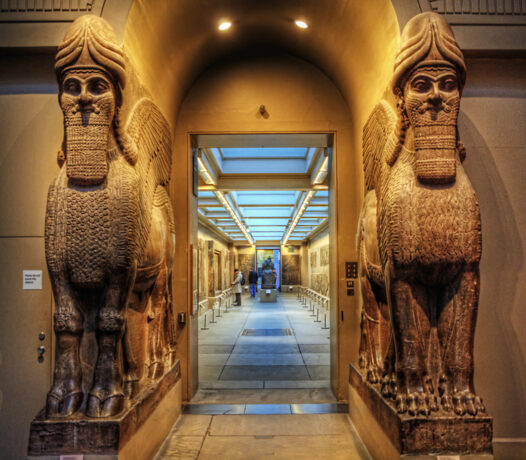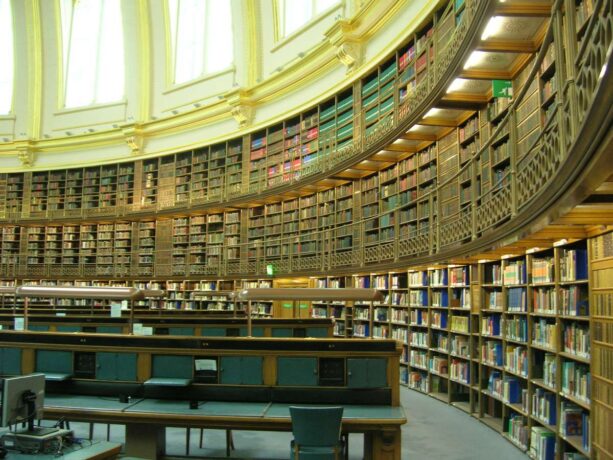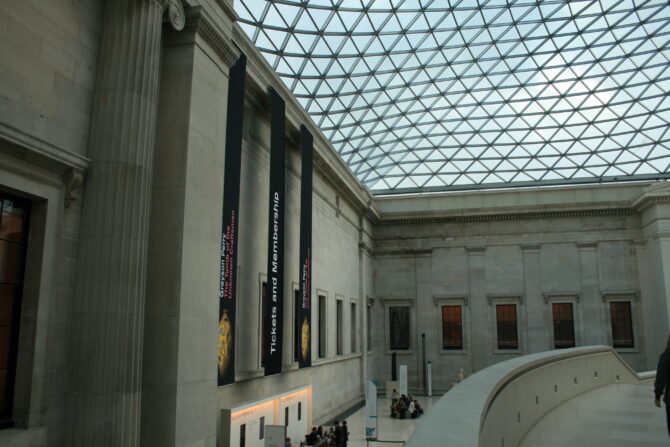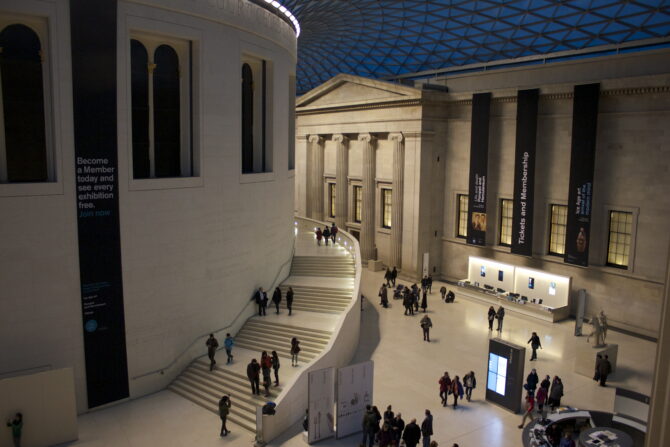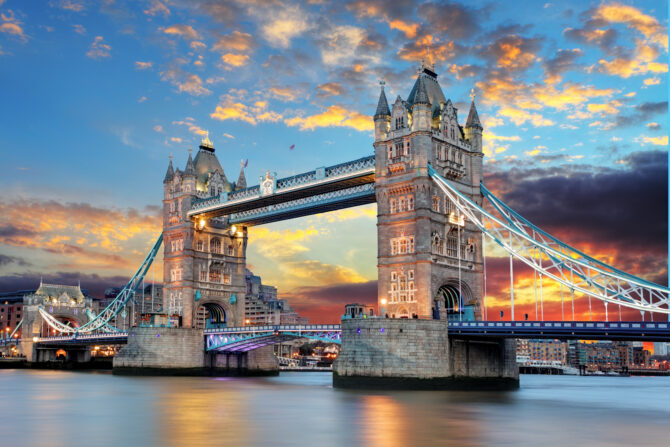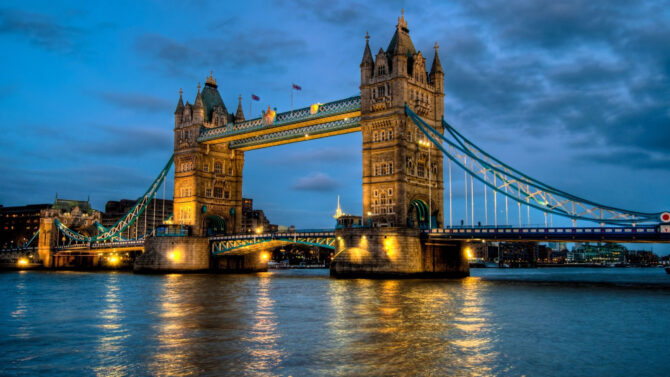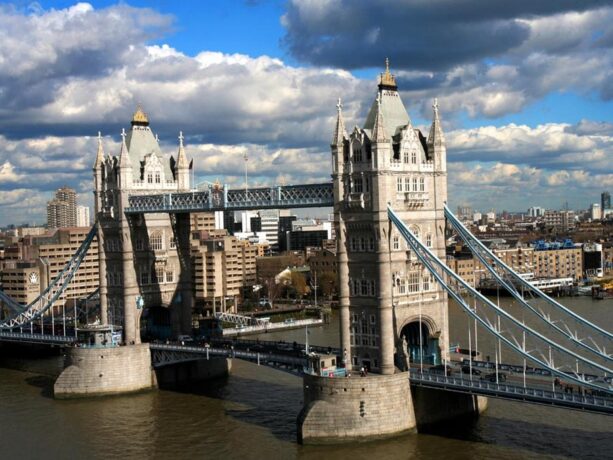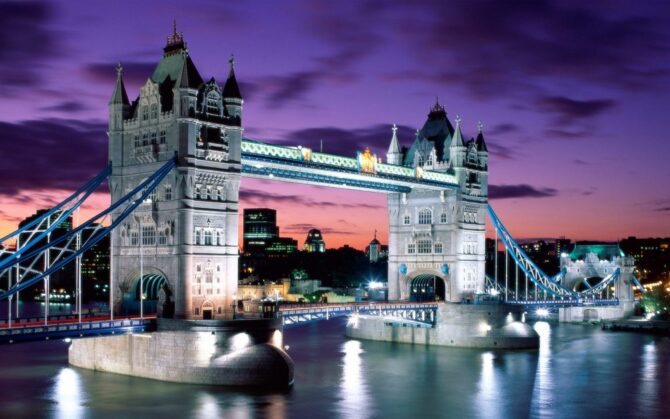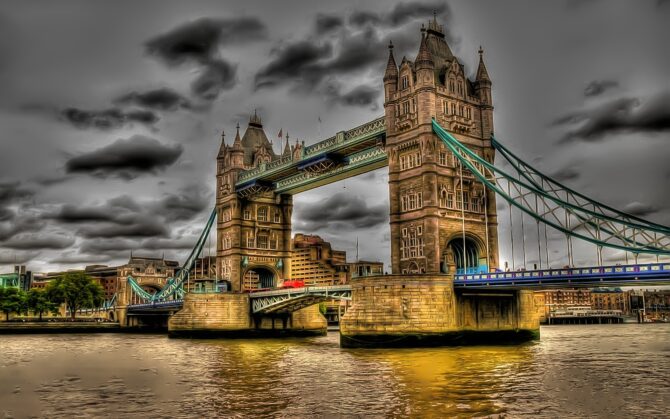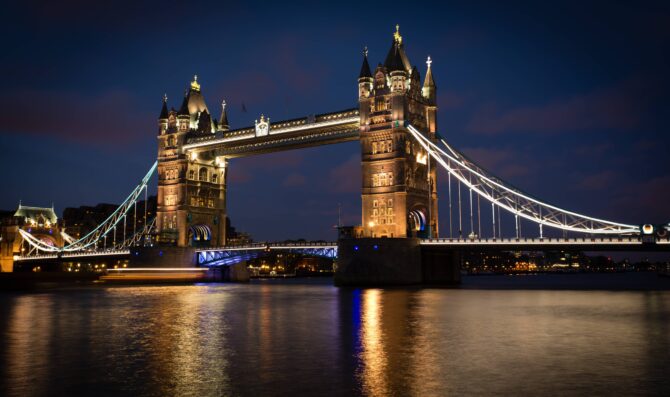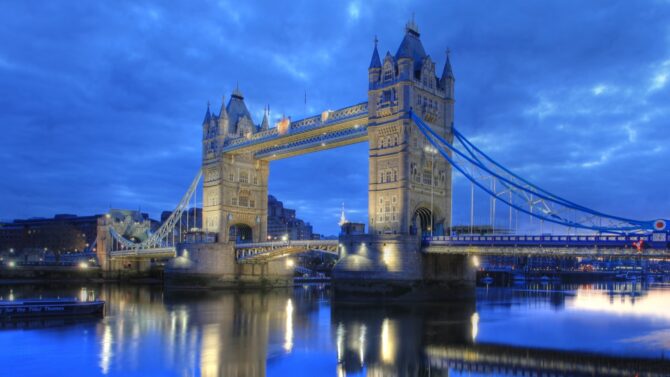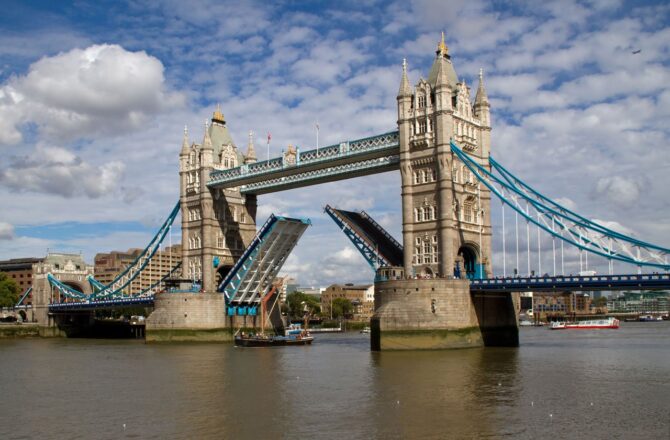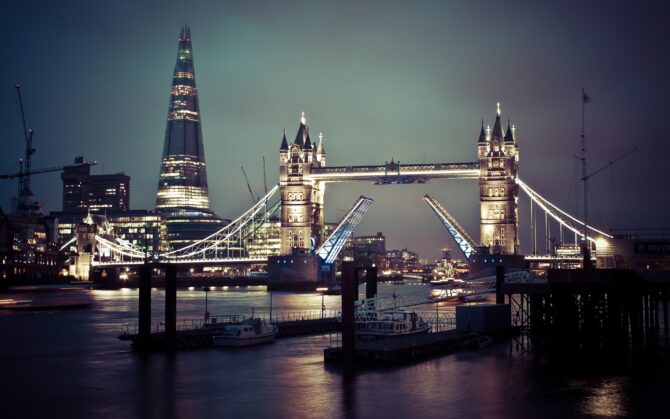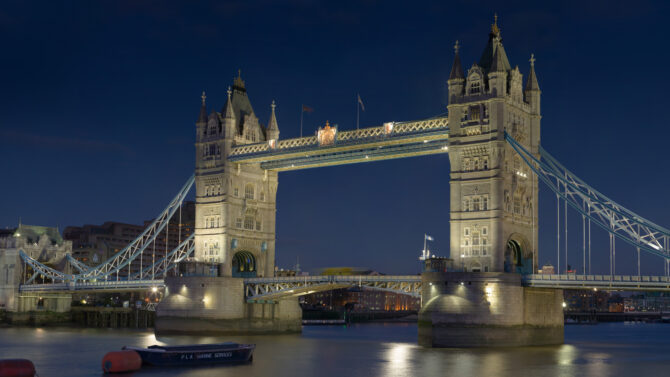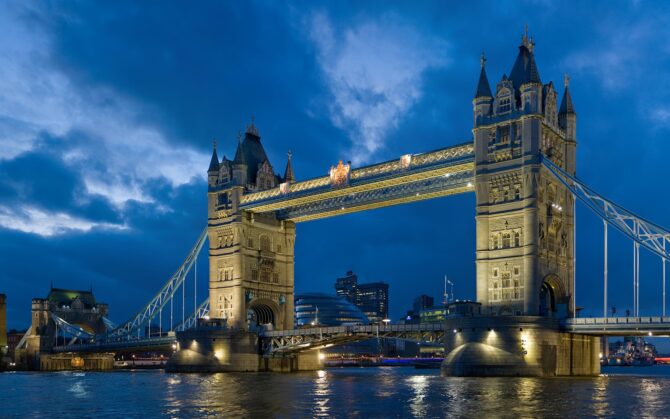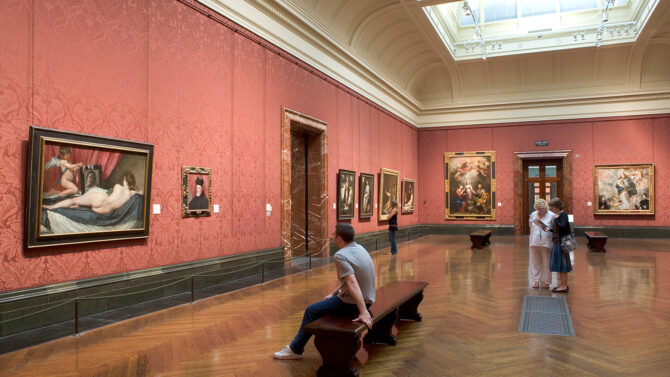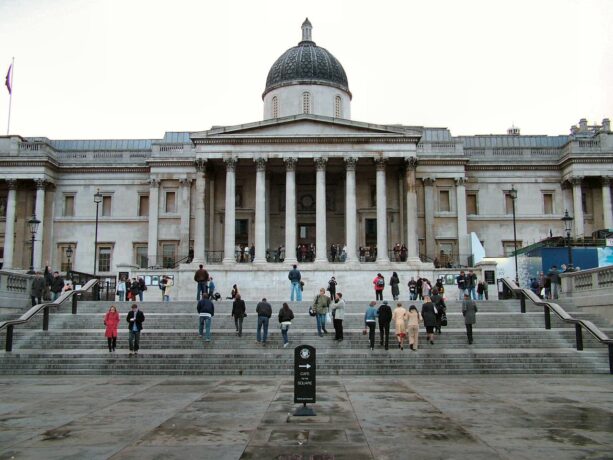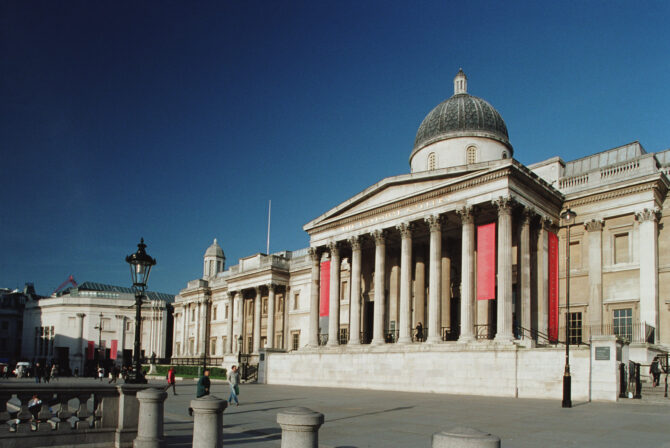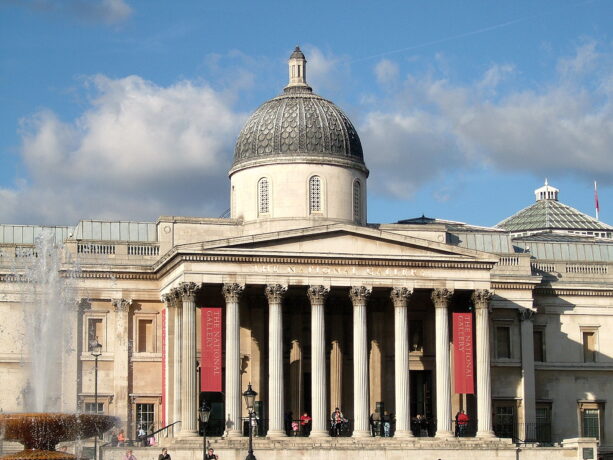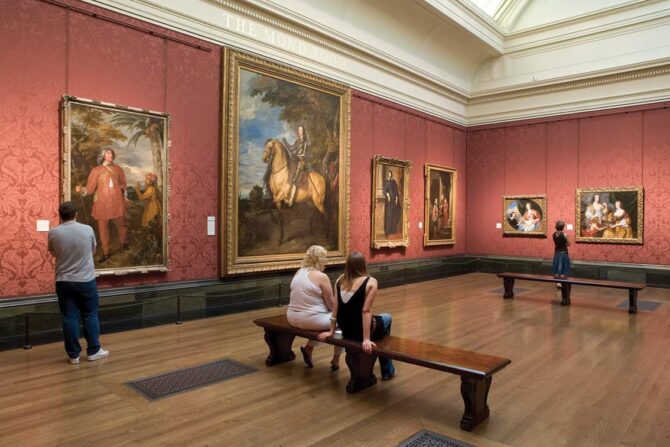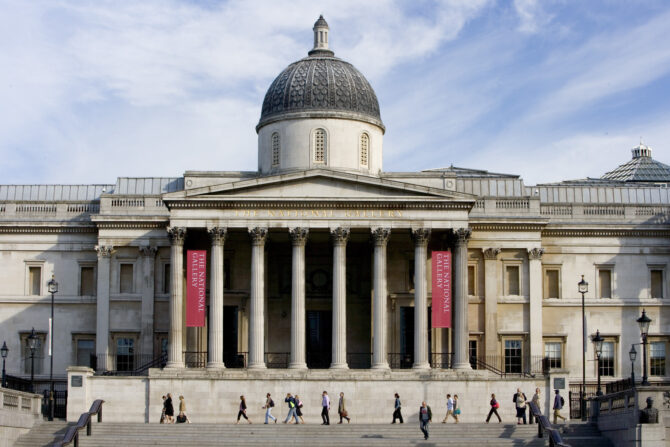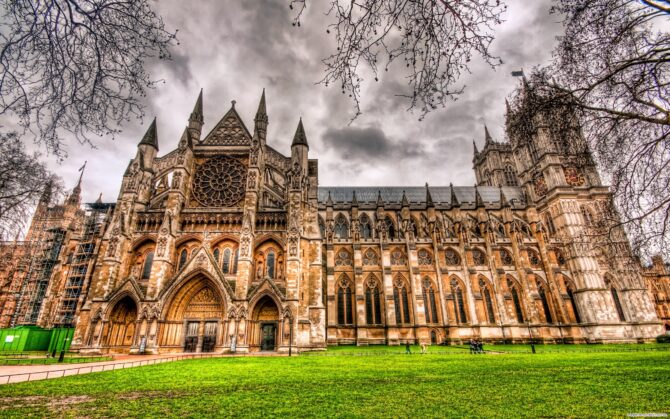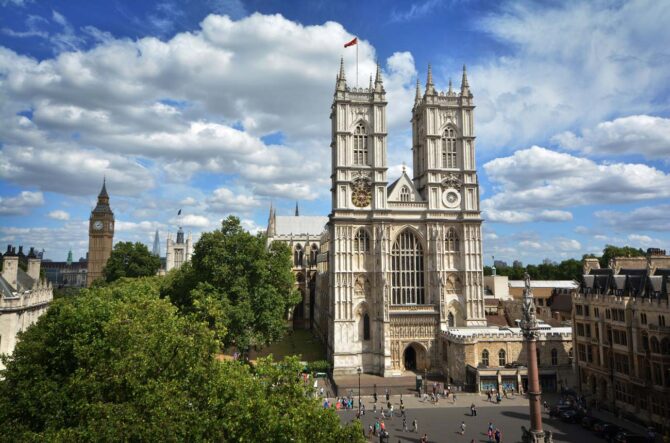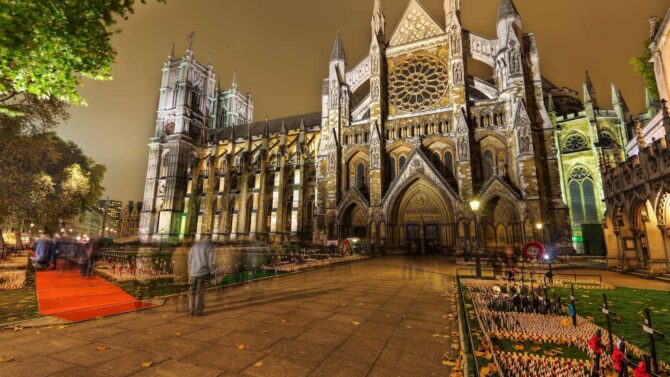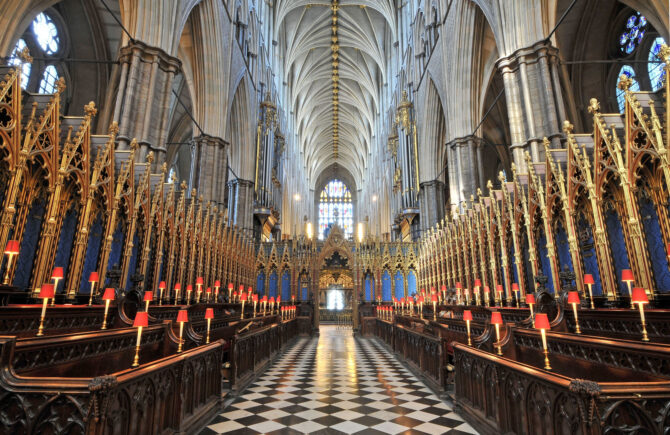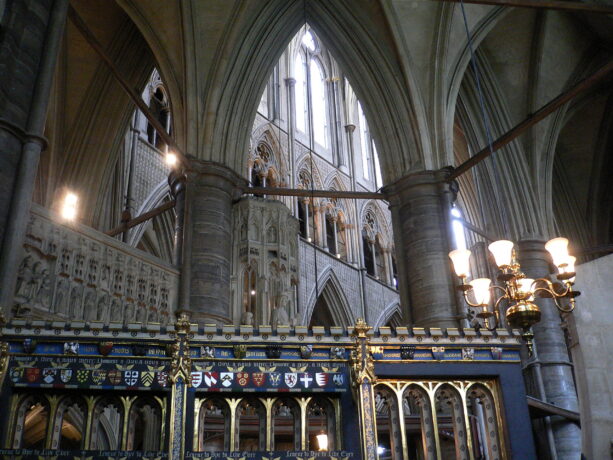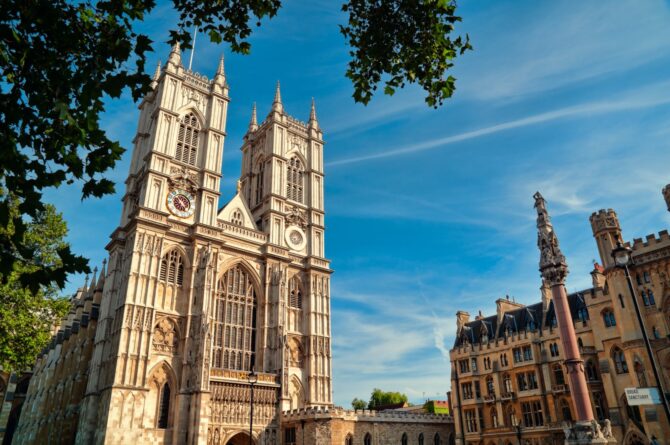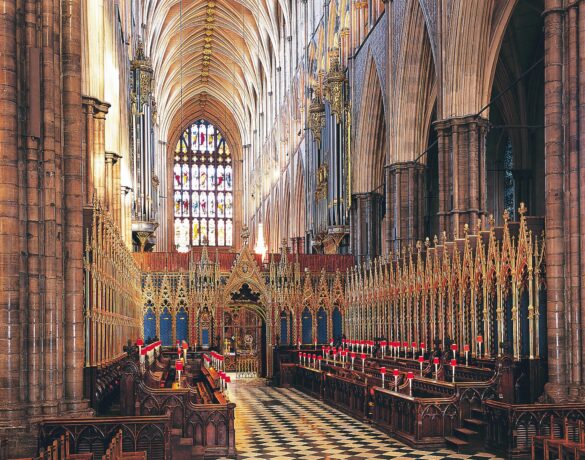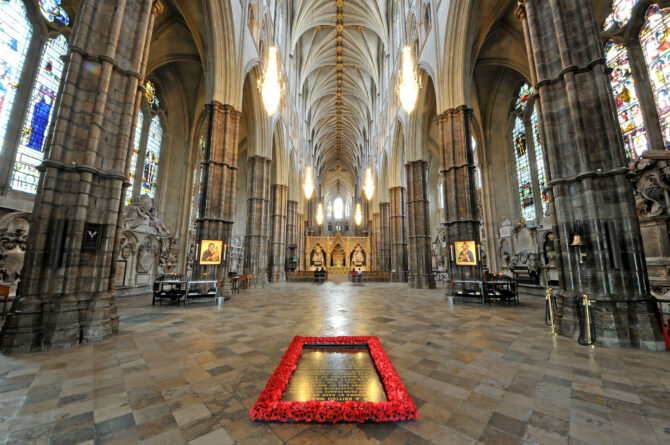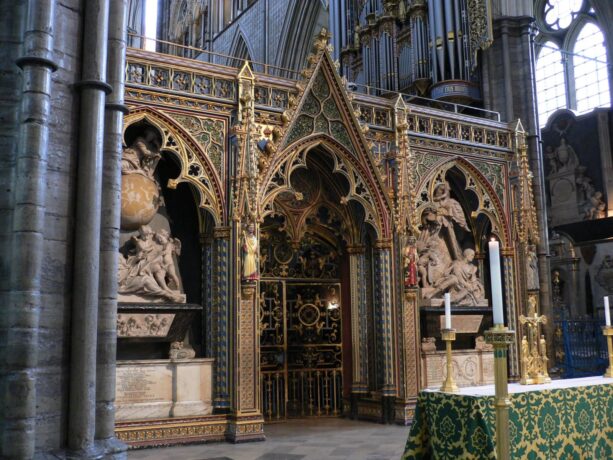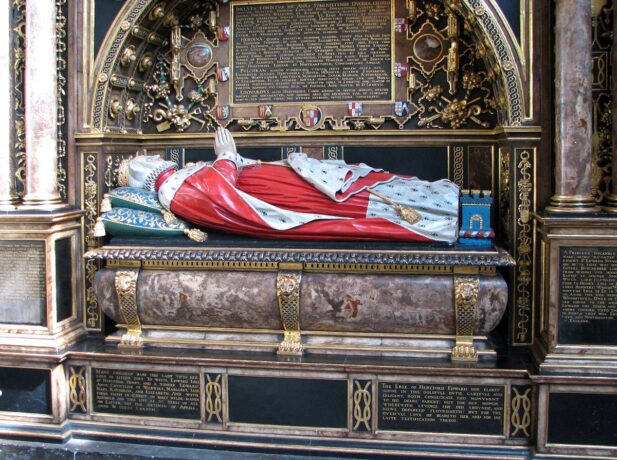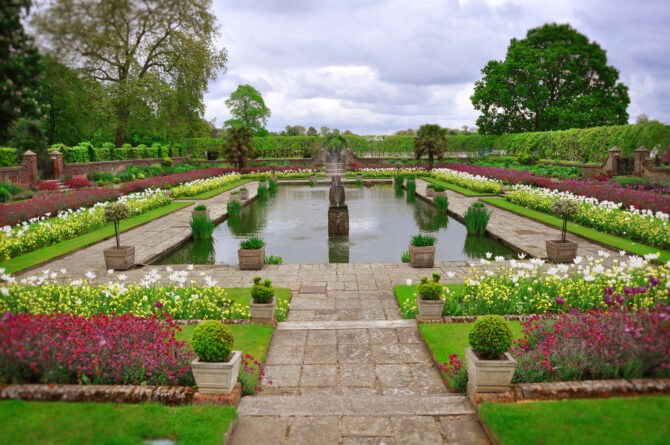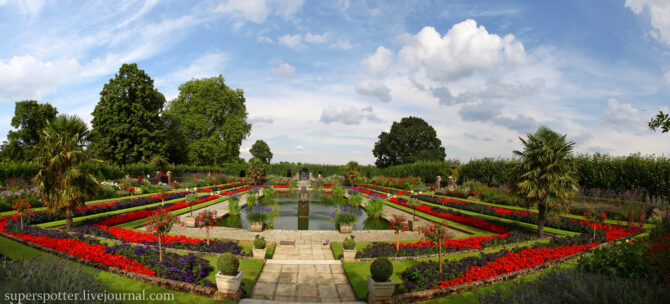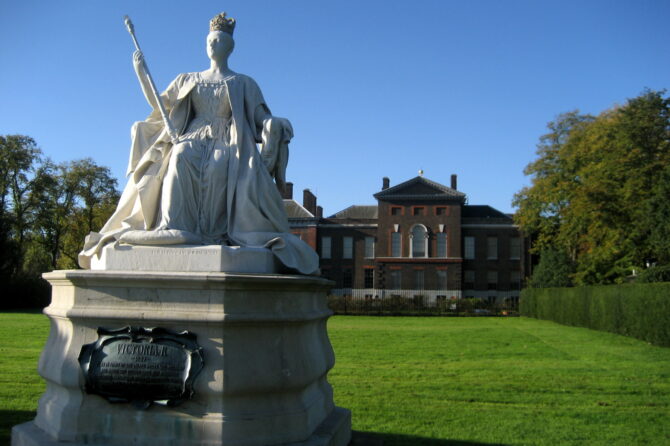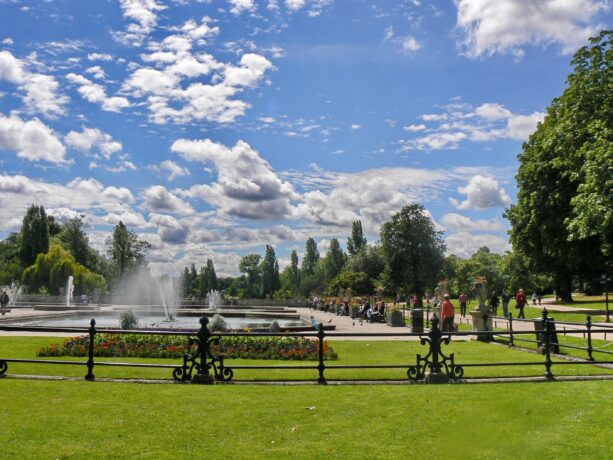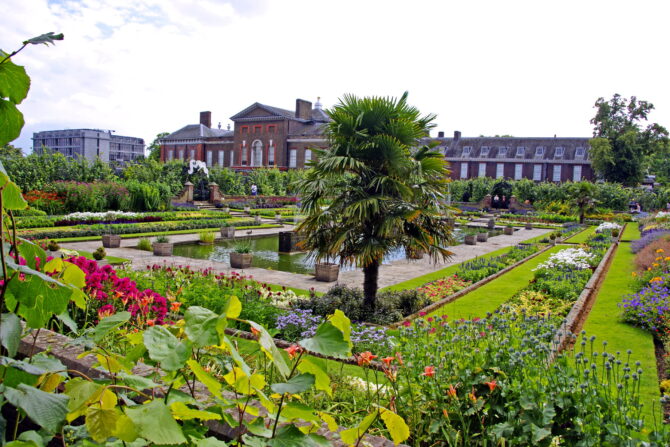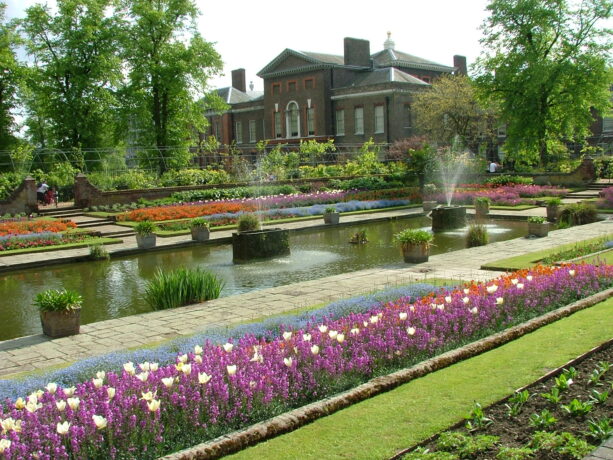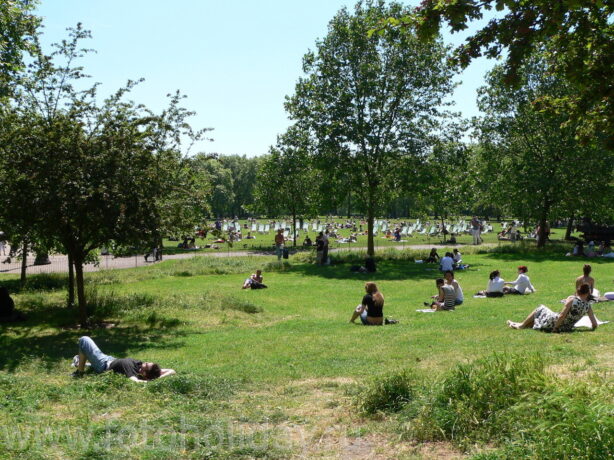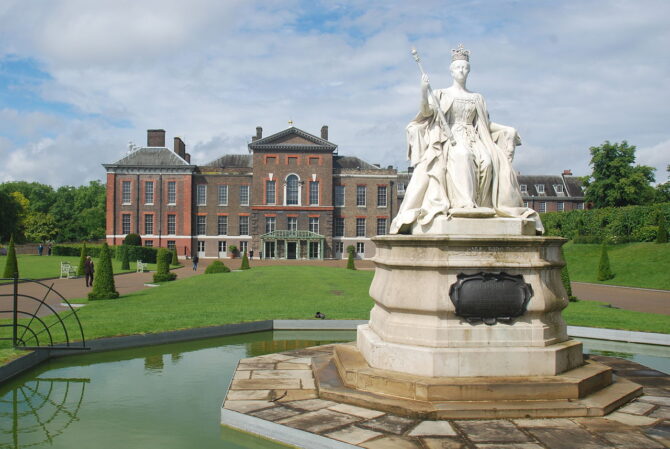London is a modern booming metropolis with all its pros and cons, where the traditional sights of London in English with translation coexist with entire Pakistani and Chinese quarters. Globalization has had a clear impact on the capital of Foggy Albion, but has not changed its appearance, and most importantly – has not broken its spirit. The spirit of imperial grandeur and true aristocracy.
To see all the sights of London,not enough day, week or even a month, as they are here literally at every step, in every building. Therefore, even before a trip to the British capital, it is advisable to make a list of those places where you would definitely like to visit, not forgetting to include architectural monuments (the Tower of London and Tower Bridge, Buckingham Palace), natural (Hyde Park and Kensington Gardens), as well as museums (Madame Tussauds, British Museum), many of which can be visited for free.
London Eye Ferris Wheel
One of the largest Ferris wheels in Europe, having a height of 135 meters and including 32 capsule cabins, each of which can accommodate up to 25 passengers. The number 32 was not chosen by chance – that’s how many suburbs the English capital has. Interestingly, the 13th booth does not exist because of the superstition of the creators.
The opening of this attraction was timed to the beginning of the new millennium and took place on the last day of 1999. It was originally planned that London Eye would be a temporary structure that would be dismantled in 2005, however, this Ferris wheel, from which almost the entire city is visible, quickly gained popularity among locals and tourists, entering the top attractions of London. Therefore, it was decided to leave him.
The wheel is located opposite the Houses of Parliament on the south bank of the Thames. The attraction is open all year round, except on December 25. Tickets range from 17 to 38 euros.
“We were with my family here on an excursion – we loved it. Thanks to the transparent capsule, it was possible to see everything around. In addition to visual impressions and indescribable delight, we received a lot of interesting information during the 30-minute excursion. “
Trafalgar Square
The largest and busiest square of the capital of Foggy Albion, located in its very center. It is here that the three main streets of Westminster converge: May, Strand and Whitehall.
From the thirteenth century there were rooms in which royal hawks were kept, later royal stables were built. In the first half of the nineteenth century, the square was redeveloped, the National Gallery was built. The central architectural element is the 56-meter Nelson Column, erected in honor of the famous admiral and crowned with his monument. At the corners of the square there are also four different sculptures.
Initially, Trafalgar Square was named after William the Fourth, and the honor of the victory of England in 1805 over theFranco-Spanish flotilla in the iconic Battle of Trafalgar.
“This is a fairly small area, if we compare, for example, with Red Square in Moscow. However, this is an incredibly beautiful place with many sculptures and fountains, with its own unique atmosphere. It’s definitely worth a visit.”
Madame Tussaud’s London
The largest and most famous museum of wax sculptures, founded in 1835 by the French Maria Tussauds, who moved to London in the early nineteenth century. More than a thousand wax copies of various people are collected here: from maniacs and serial killers to royalty and show business stars.
This is one of the most popular attractions in London, past which no tourist coming to the city passes. During the existence of the museum, more than 500 million people have visited here.
The museum is located on Marylebone Road, near the Baker Street subway station. Visitors are received daily. Tickets start at £15.
“In the daytime, it is unrealistic to get here – you have to stand in line for several hours. Having postponed the trip to the museum until the evening, I did not lose, since I waited only about five minutes. Nevertheless, even before closing, it is full of people, and in order to photograph some exhibit, it was necessary again to patiently wait for people to disperse. I liked the museum itself very much: the sculptures are really made masterfully, look incredibly realistic. “
Tower of London
One of the main symbols and attractions not only of London, but of the whole of Britain. During its existence (since 1066), this building was used as a defensive fortress, prison, mint, royal treasury, weapons arsenal, observatory and zoo.
To this day, the Tower of London has managed to survive almost in its original form, and its main buildings are a museum with an armory, where the famous treasures of the British Empire are located. In addition to ancient buildings and artifacts, this london landmark attracts tourists with its inhabitants – crows, who remained here to live after the transfer of the zoo to Regent’sPark in 1831. There is a legend that the foundations of Britain will remain unshakable as long as the crows remain in the Tower. The castle is guarded by 37 yeomani – royal guards.
The fortress is located in the historic center of London, on the north bank of the Thames. Tickets cost between £10-£25.
“Tickets to the Tower we bought in advance via the Internet – so cheaper and do not need to stand in queues. The most vivid impressions of the tour is, of course, a visit to the treasury, especially for girls. Crowns, rings and other symbols of the power of monarchs are an amazing combination of beauty and grandeur! At the exit from the treasury there is a souvenir shop, as well as a shop for children, where you can buy interesting things for memory. “
Buckingham Palace
The building was built in 1703 for the Duke of Buckingham, and 59 years later it was purchased by King George III and began to be used as a private residence. The status of the official residence of the monarchs of the palace received only in 1837, when Queen Victoria was crowned, whose monument now stands in front of the palace entrance. During the reign of Victoria, Buckingham Palace was put in order and acquired a familiar look to everyone today. Also, with her, many traditions appeared, which continue to be observed to this day. One of them is the mandatory raising of the royal standard, if the monarch is in residence. But visitors from all over the world are attracted here primarily by another ritual – the solemn changing of the guard, which takes place daily half an hour before noon in the summer.
The palace itself, located opposite Pall Mall and Green Park, can only be accessed during August-September, when the monarchs are resting. The ticket price is 12-37 pounds sterling.
“The scope and luxury of this palace is striking. Just think about it: 775 rooms! And all of them are decorated with rare materials, decorated with paintings, tapestries and sculptures. The changing of the guard is a fascinating sight, but the crowds of tourists with whom you have to fight for the right to see the action, somewhat spoil the impression. ”
The British Museum
The main British museum of historical and architectural orientation, the number of visitors second only to the Louvre in the world. It was founded by George II in 1753 at the behest of the naturalist and physician Hans Sloan, who during his life collected more than 71 thousand various exhibits. Today, the collection of the British Museum includes more than 13 million items brought from all continents and representing human history from the Paleolithic to the present.
The museum is located in the Bloomsbury area, on Great Russell Street. Admission for visitors is free.
“Big, beautiful and conveniently located building. But most of the exposition is occupied by all sorts of plates, vases and jugs – a kind of museum for girls. Perhaps only the Egyptian halls with mummies and sarcophagi were really interesting to me.”
Tower Bridge
An iconic landmark of London, without a visit to which it is impossible to imagine a visit to the British capital. A drawbridge over the Thames was built in 1894 east of London Bridge due to increased traffic intensity. The construction of metal with stone cladding is made in the form of a 244-meter crossing with two towers in the Gothic style. The designers provide for the possibility of pedestrians crossing the bridge through special galleries between the towers located at a 44-meter height, however, now they serve as a museum and an observation deck.
“One of the main London attractions, which we simply had no right not to visit, and in the end did not regret the time spent. Inside there is an interesting museum, there is an opportunity to see how the lifting mechanism functions. And, of course, the view from the bridge — it’s gorgeous.”
London’s National Gallery
One of the most famous art museums in the world, the history of which began in 1824 with the acquisition of a collection of 38 paintings belonging to a native of Russia – John Julius Agerstein. The gallery itself was opened later, in 1839. To date, more than two thousand works of art written by Western European painters in the XII-XX centuries have been collected here. All masterpieces are presented in the exposition in accordance with the chronology.
In the National Gallery there are several cafes where you can drink coffee and relax, souvenir shops and art shops, where a variety of souvenirs, books and copies of paintings from the gallery are offered.
The museum is located in Trafalgar Square. Admission is free, but you can leave a small donation.
“A really worthwhile place, a must visit even for those who do not consider themselves to be a great admirer of painting. In one day, I could not get around the entire exposition, so I returned to the second and did not regret the time spent. I was also pleased with the free admission.”
Westminster Abbey
A majestic gothic-style temple built with some interruptions from 1245 to 1745 in the London borough of Westminster. Traditionally used as a place for the coronation and wedding ceremonies of monarchs, as well as their burial.
In the abbey, representatives of royal dynasties, clergy, nobles and writers found their peace. Also here are the relics of Edward the Confessor in the hotel chapel, named in his honor.
One of the places of attraction for tourists is located between the chapels of Henry the Seventh and St. Edward majestic throne, on which the British kings are crowned. Under the seat there is a special niche in which the so-called stone of destiny is invested, which is stored in EdinburghCastle.
The abbey is located in central London, near the Thames Embankment and next to the Palace of Westminster. The ticket price is 9-20 pounds sterling.
“Undoubtedly, once to visit here is worth a general understanding of English culture and history, but I did not admire this place. In fact, this abbey is one big cemetery.”
Hyde Park and Kensington Gardens
Hyde Park is one of the royal parks, united with each other and forming a large-scale green zone in the center of the British capital. The status of The Royal Park was given to it in 1536 after the acquisition of these lands by Henry the Eighth for the purpose of hunting here. The park became accessible to citizens in 1637 after the construction of a kind of ring that separated the park itself from the gardens in the north. The park serves as a place for gathering and discussion of various topics by citizens. In the very center is a large lake Serpentine, in which swimming is allowed.
Kensington Gardens is another royal park located next to Hyde Park and was part of the latter until 1728. The main attraction is the modest Kensington Palace, where Queen Victoria was born. Also attracting attention is a large 180-foot memorial dedicated to Queen Victoria’s husband, Prince Albert I, and a statue of Peter Pan. In addition, there is a museum of contemporary art Serpentine, which occupies the premises of the former tea pavilion.
“Great place for walking and relaxing in nature from the bustle of the city. I was struck by the number of paths for walking, running, cycling and horseback riding. If you have free time, then it’s definitely worth a look.”
London is a universal tourist city in which any person will be interested, regardless of his interests, preferences and temperament. Simply because it has everything – from ancient castles with a thousand-year history to ultra-modern discos, where the world’s best DJs play. The best time to visit the British capital is from April to September.


